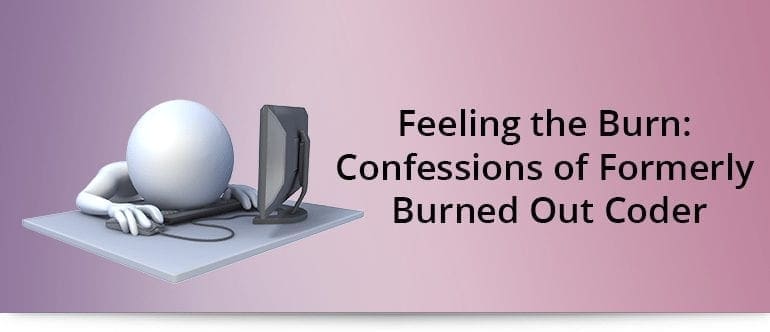Call us toll-free: 800-878-7828 — Monday - Friday — 8AM - 5PM EST

By Kristi Pollard, RHIT, CCS, CPC, CIRCC, AHIMA-Approved ICD-10-CM/PCS Trainer for ICD10 Monitor
Ten strategies for avoiding burnout are provided by the author.
On any given day, if you walked into my home office, you might think you were in a spa. The walls are painted a soothing aqua color (at least, I think it’s soothing), a scent diffuser releases a pleasant tea tree oil scent (good for the voice on those days when I present webinars), and Asian meditation music plays softly on an endless loop. At second glance, you would see an enormous desk cluttered with two large computer monitors, code books, copies of articles I’ve printed with the intent to read, and a planner opened to the current week with color-coded notes regarding weekly meetings, to-do lists, and deadlines. It might seem like a stark paradox, but I like to call it balance. And it’s taken years to achieve.
Let’s back up a moment and see how I got to my ironic office environment. I am a second-generation health information management (HIM) professional who took her first coding job 23 years ago. I attended community college right out of high school. For someone who lacked a clear vision of her future in high school, it didn’t take me long to set my career goals at the age of 21. I was working as an outpatient coder and decided within two years I would be an inpatient coder. Within another three years I expected I would be a coding manager and I figured it would be smooth sailing from there.
Article originally published on May 1, 2018 by ICD10 Monitor.
